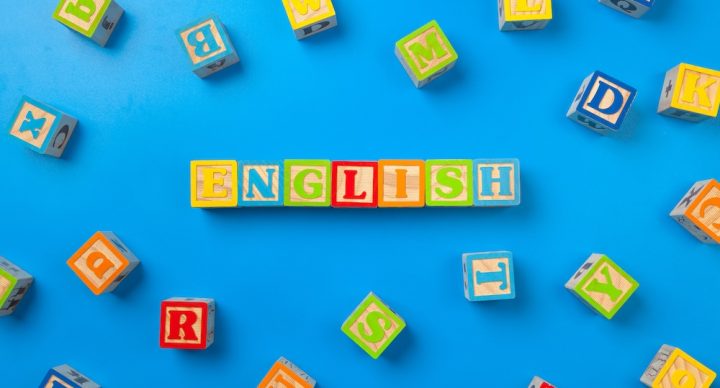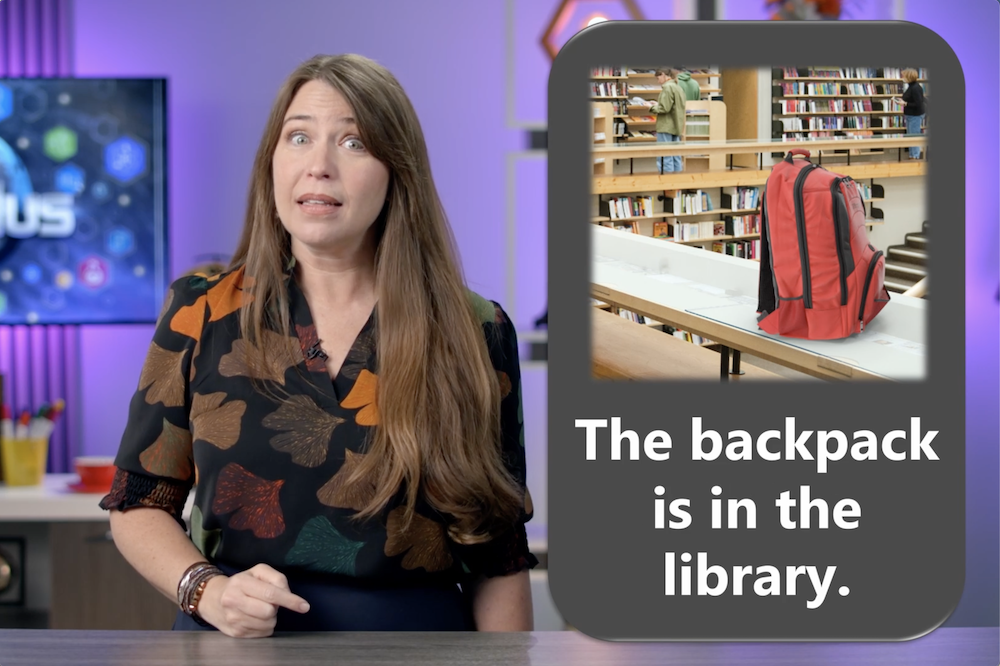Discover English – Part 2

Course Features
Course Details
Course Overview
Discover English - Part 2 builds on the foundational English skills acquired in Part 1, focusing on expanding vocabulary and language use in various real-life contexts. This course emphasizes practical language applications through thematic units covering school life, daily routines, personal preferences, and social interactions. Students will engage in activities that develop their reading, speaking, and listening skills while gaining a deeper understanding of English vocabulary and grammar.
Course Objectives:
- Expand vocabulary related to everyday activities, objects, and concepts.
- Enhance reading comprehension through thematic texts.
- Develop conversational skills for common social situations.
- Practice language structures and use them in context.
- Improve understanding of complex concepts such as time, emotions, and professions.
Sample Lesson - Introduction
 This course was developed by the International Academy of Science.
Learn More
This course was developed by the International Academy of Science.
Learn More
Scope and Sequence
Unit 1: This unit introduces vocabulary related to school supplies, places, and personal interactions. Students practice using terms for common items, greetings, and restroom vocabulary through engaging reading and conversational activities, enhancing their ability to navigate everyday scenarios. Unit 2: Focused on personal preferences and job-related vocabulary, Unit 2 includes lessons on sack lunches, colors, and people with jobs. Students will engage in conversations about likes and dislikes and practice reading about these themes, solidifying their understanding through practical application. Unit 3: In this unit, students explore topics such as money, fruits, and farewells. The lessons aim to deepen their vocabulary through identifying items by color, discussing money-related concepts, and practicing farewells in both conversation and reading exercises. Unit 4: Students will learn about classroom objects, fruits, and vegetables in Unit 4. This unit combines vocabulary lessons with conversational practice about daily activities and reading comprehension focused on these topics, helping students relate their learning to their environment. Unit 5: Unit 5 emphasizes home-related vocabulary and emotions. Lessons cover plural forms of school supplies, animals, numbers, and feelings, with a focus on reading and conversing about these concepts to enhance students' descriptive and emotional language skills. Unit 6: This unit introduces plants, actions, and various jobs. Students will practice discussing professions and emotions, and read about these topics, promoting a comprehensive understanding of vocabulary related to their daily lives and surroundings. Unit 7: Unit 7 focuses on family and clothing vocabulary, incorporating lessons on family members, clothing items, and numbers. Students will engage in conversations about borrowing items and family-related activities, supported by reading materials on these topics. Unit 8: In this unit, students learn about food and daily routines. Lessons cover breakfast, food items, and actions, with practice in conversing about morning and afternoon activities and reading about these themes, connecting vocabulary with practical usage. Unit 9: Students explore jobs, hobbies, and body parts in Unit 9. The unit includes extensive reading and conversation practice on job-related items, hobbies, and body parts, enhancing their ability to discuss these topics with confidence. Unit 10: This unit covers tools, city life, and numbers. Students will learn about breakfast, art supplies, and the differences between city and country life, integrating these concepts into conversations and reading exercises to broaden their vocabulary and comprehension. Unit 11: Unit 11 focuses on sports, transportation, and pets. Lessons include reading and conversational practice about these topics, helping students discuss activities, transportation methods, and pets in various contexts. Unit 12: Students will explore home, nature, and time in Unit 12. The unit includes lessons on kitchen items, home activities, and architecture, with corresponding reading and conversation exercises to reinforce their understanding of these themes. Unit 13: This unit delves into architecture, nature, and actions. Students will read about these topics and practice conversations about various actions and places, promoting a deeper understanding of vocabulary through diverse contexts. Unit 14: Unit 14 focuses on family jobs, hobbies, and transportation. Lessons include discussions about family roles, transportation, and additional reading on jobs and time, enhancing students' ability to talk about their families and daily routines. Unit 15: Students explore hobbies, technology, and seasons in Unit 15. The unit includes lessons on technology and health, with reading and conversation activities about these topics, fostering a broader understanding of modern life and seasonal changes. Unit 16: In Unit 16, students learn about tricky verbs, weather, and seasonal clothing. Lessons cover adjectives and clothing related to different seasons, with reading and conversation exercises designed to consolidate their knowledge of these concepts. Unit 17: This unit introduces desserts, entertainment, and shapes. Students will engage in conversations about technology, shapes, and more tricky verbs, with a focus on reading and discussing these topics to enhance their descriptive language skills. Unit 18: The final unit covers jewelry and fashion. Students will read about and discuss these topics, consolidating their learning with comprehensive activities designed to integrate vocabulary related to fashion and personal accessories.
This course does not have any sections.






